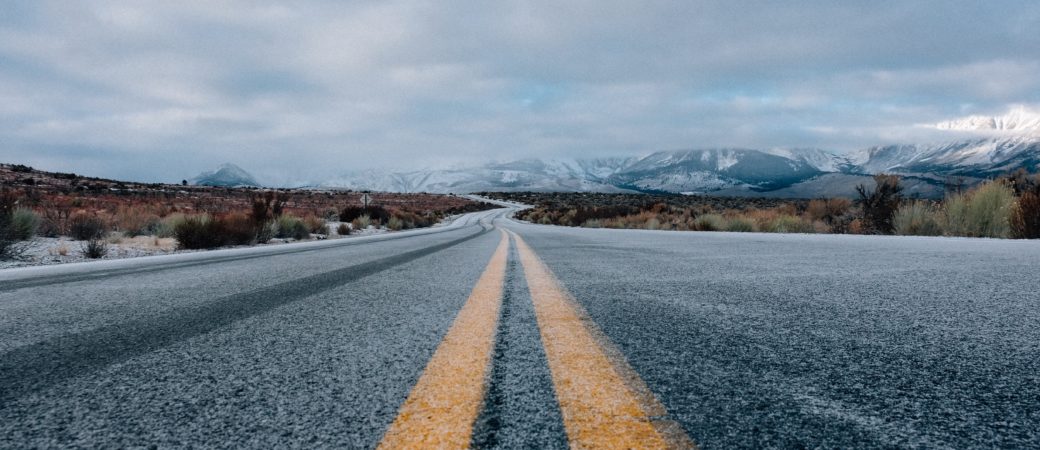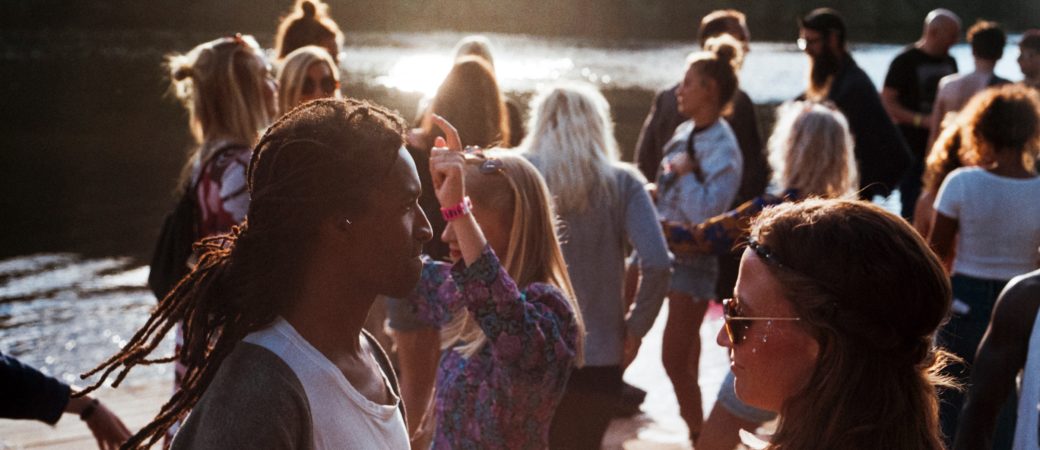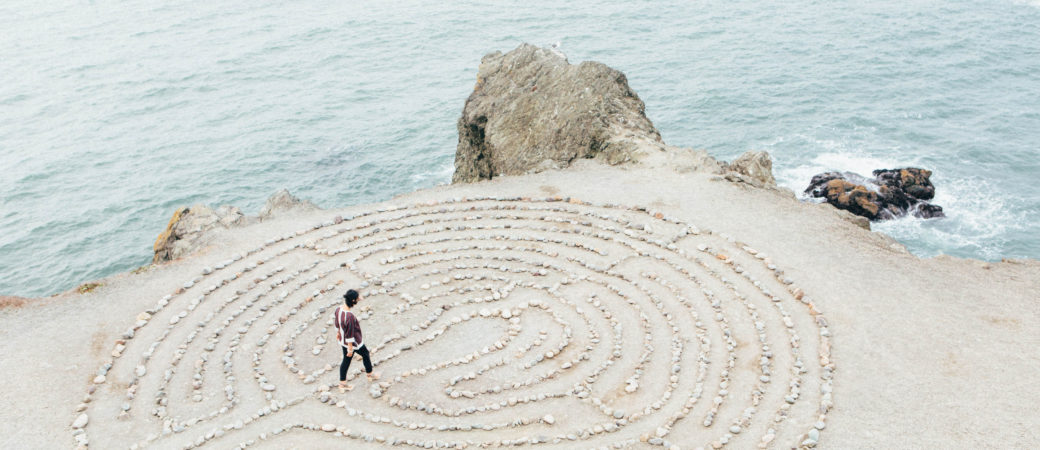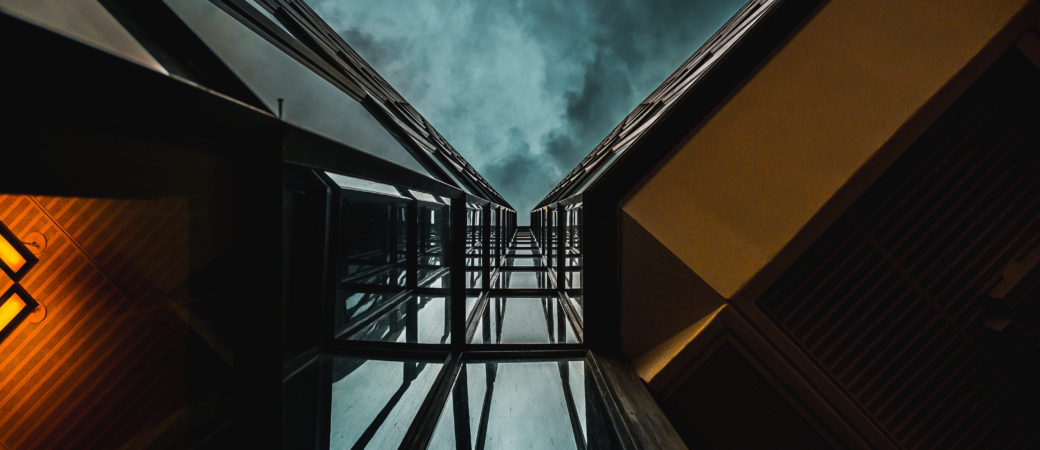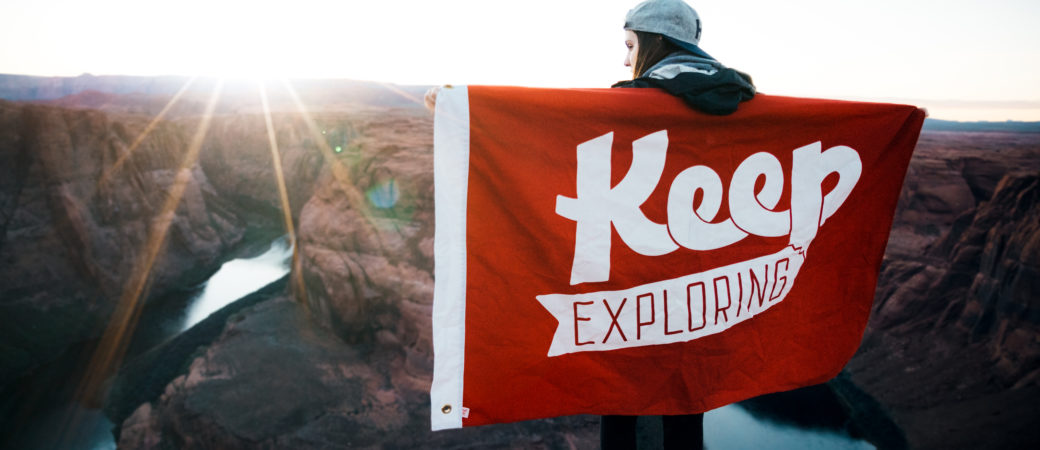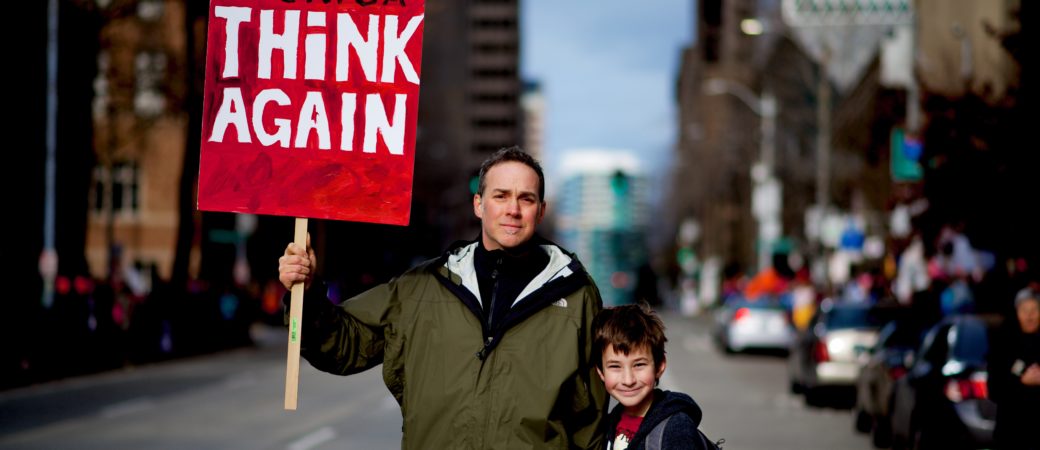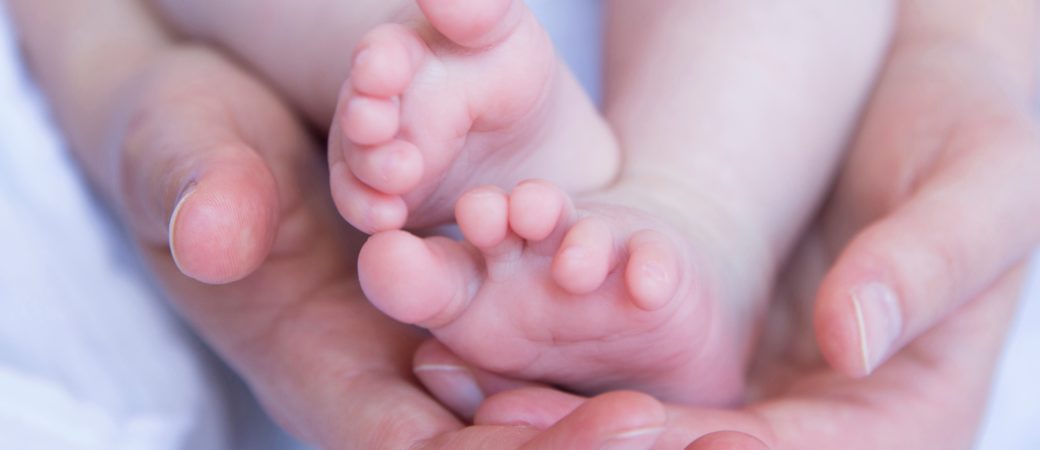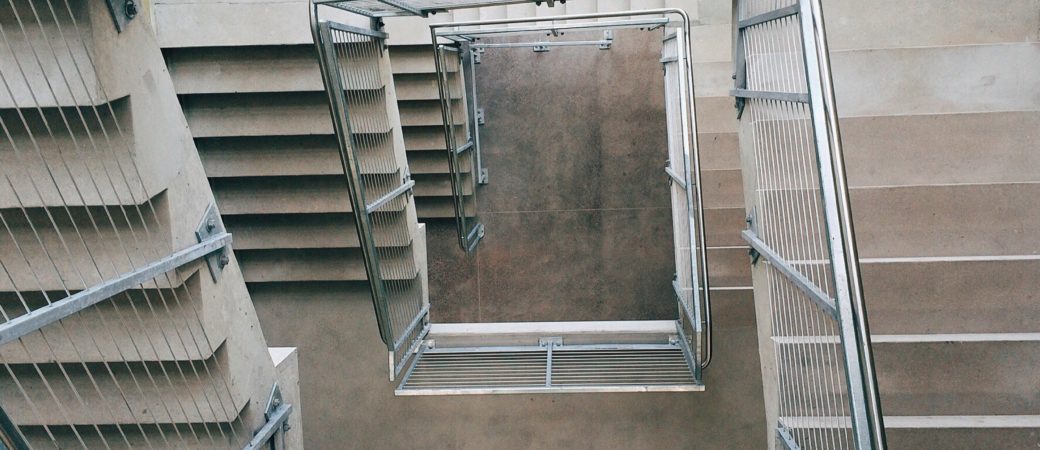Welcome! Holding Space for Others
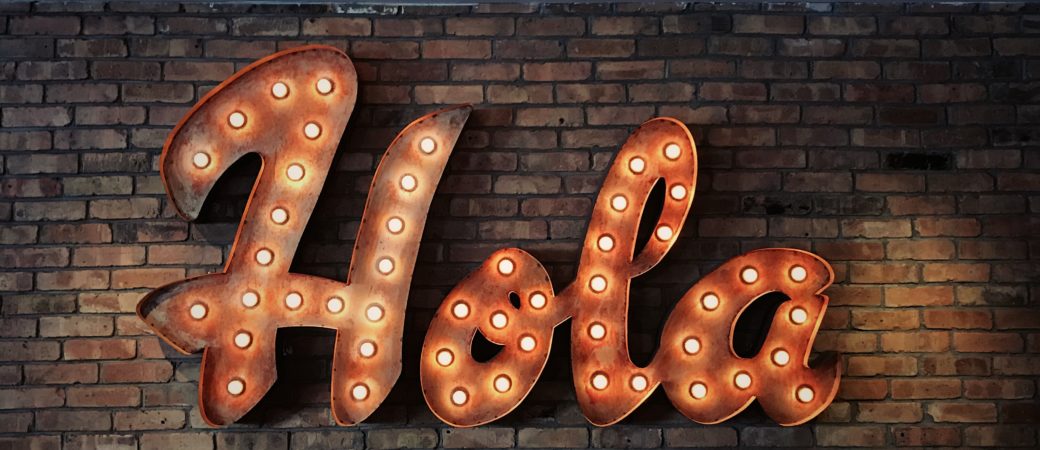
When I was serving as an on-call hospital chaplain, I was often called on to simply “hold space” for a patient, family members, or a staff person. In many ways, offering spacious, compassionate presence is of the essence of chaplaincy, of pastoral care, of the work of our lay pastoral associates. Frequently, there is “nothing else” we can do, but in that moment, it is everything that is truly needful.
I remember particularly one late-night call into the emergency department. The woman was young, probably early twenties. She was there alone. She had awakened to find her small baby dead from what was likely SIDS. When I arrived, she was sitting on the gurney holding her baby and sobbing, her heart cracked open. I introduced myself quietly and expressed my sorrow for the death of her baby. None of which she even heard. The small room was far too full of grief for there to be any room for words. I sat behind her on the gurney and held her while she held her baby. Her sobs vibrated through my own body. I don’t remember how long we sat there. Eventually, she was ready to leave, and I walked her to the door. I could not take away her pain; I could not make the unthinkable right. But I could be with her, alongside her, and that was enough.
In part, I learned to do this as an aspect of my professional training. But I have learned the most from the people
